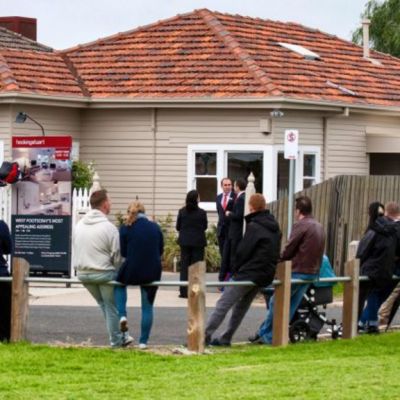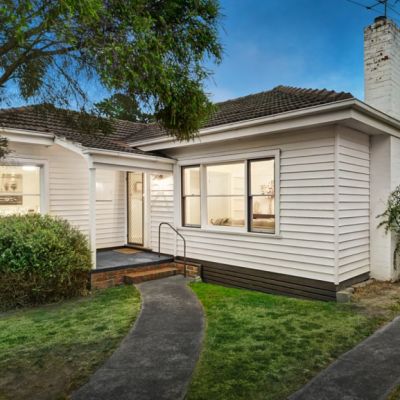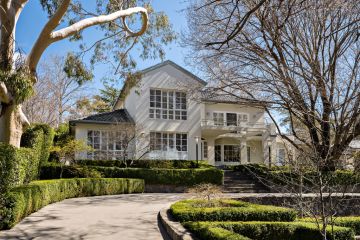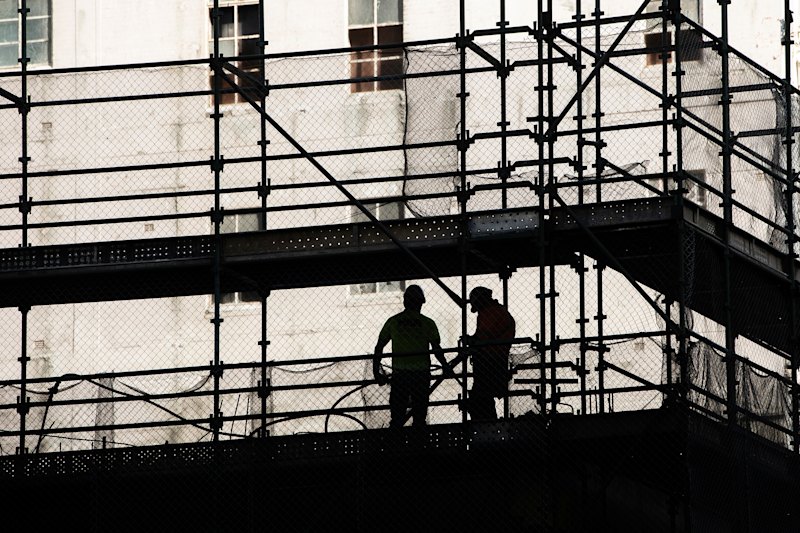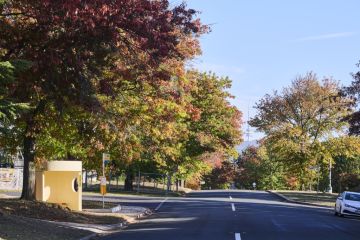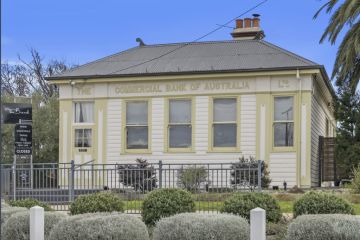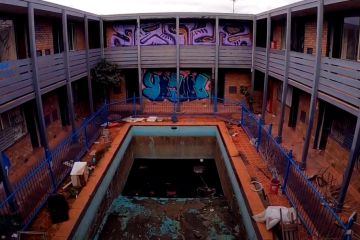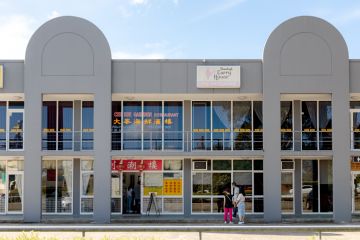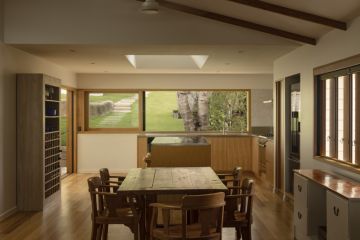Only seven suburbs in Melbourne are affordable for first-home buyers
The average first home buyer in Melbourne could only afford to buy a house in seven suburbs last year. In 2000, they had the choice of 53 postcodes.
Since the turn of the century, median suburb house prices have increasingly soared above the average amount first home buyers can pay, eliminating many affordable heartlands and pushing first timers to the city’s fringe.
The figures — based on Domain Group house price data versus average loan size from the Australian Bureau of Statistics — show the options for those saving for a detached house are disappearing.
Melton, Melton South, Melton West, Kurunjang and Brookfield — all about 35 to 45 kilometres west of the CBD — were among the handful of areas still affordable to the average prospective buyer in 2016. Frankston North was the only suburb in the south east, while Dallas, 18 kilometres north, also made the short list. On the city fringes, Wallan to the north and Millgrove to the east also still fell within the bracket.
Melburnians are awaiting announcements on the state government’s plans to tackle housing affordability, expected next week.
Treasurer Tim Pallas acknowledged the dream of owning a house was slipping out of reach, and said the federal government’s refusal to tackle reform had left it to the states to “get first home buyers back in the game”.
But the situation is set to worsen, with prices predicted to climb by another 4 to 5 per cent this year, wage growth at record lows and rents at record highs.
“There’s no doubt the first home buyer market is declining in Melbourne and with [future price growth], it’s bad news for first home buyers struggling to get any pay rise,” Domain Group chief economist Andrew Wilson said.
Even houses in traditionally affordable postcodes such as Broadmeadows, Pakenham and Craigieburn have fallen from the list of suburbs aspiring house buyers can afford, with the average quarterly purchase price of $406,516 (including a 20 per cent deposit).
Though it may still be affordable, the predominance of suburbs below $400,000 in Melbourne’s outer west poses its own issues, particularly for public transport. All are largely serviced by the one train station in Melton South; a line that receives a much lower standard of service than the majority of Melbourne, Public Transport Users Association president Tony Morton said.
“The public transport options there are pretty bleak,” Mr Morton said. “It’s part of Melbourne’s urban area but it receives not even a rural standard of transport, but a poor rural standard.”
He said more were needed to address the overcrowding of station parking and feared the forthcoming Regional Rail Link was a solution too late for many.
The sustained growth in house prices was leading to a redefinition of the Australian dream, Real Estate Institute of Victoria chief Gil King said, as first home buyers changed their expectations from detached houses to multi-unit living.
“People are not forced to live somewhere, they adapt their range of options to what’s available,” Mr King said. “We need to make sure we are able to provide people with those options.”
But David McCloskey of the Australian Population Research Institute said there was still a clear demand for detached housing from Melbourne’s emerging households. This need was causing young people to delay life decisions such as leaving their parents home.
The other problem, Mr McCloskey said, was parts of the market with a high proportion of first home buyers often did not enjoy the same capital growth. “So what you have is the rest of the housing market potentially getting higher and higher, but five years later there’s been no movement [in these areas], so the concept of actually creating wealth is really challenged.”
We recommend
We thought you might like
States
Capital Cities
Capital Cities - Rentals
Popular Areas
Allhomes
More

